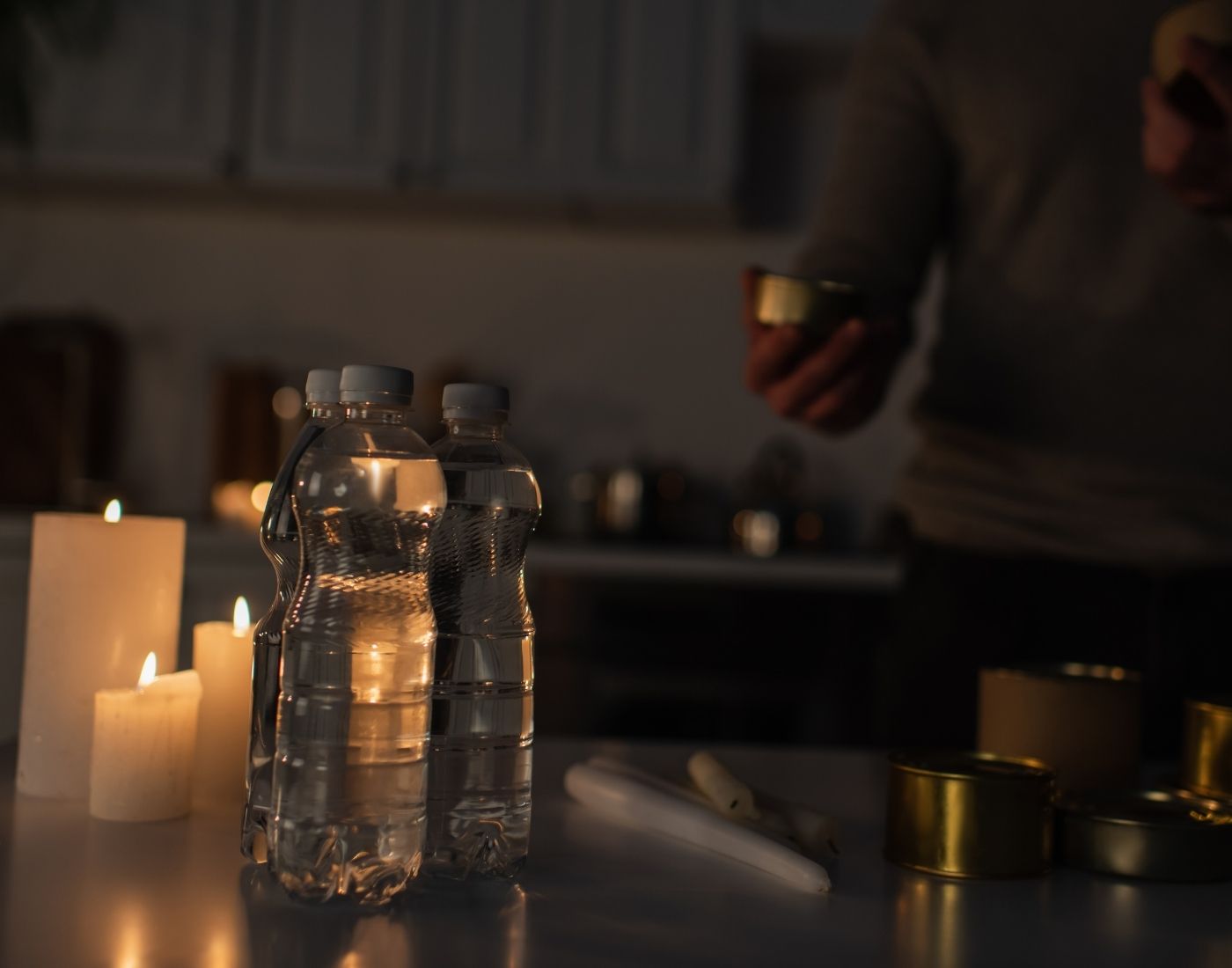Keep fridge and freezer doors closed as much as possible
Your fridge should keep your food at a safe temperature for up to four hours. The food in your freezer should stay frozen up to 48 hours if it’s full or about 24 hours if it’s half full. However, bear in mind that these are estimates, and these timings depend on several factors like the make and model of your fridge and room temperature.
Use a fridge thermometer
Using a fridge thermometer is a simple way to monitor the temperature inside your fridge. By checking the thermometer, you can make sure that it’s at a safe temperature to store food even during power cuts. This helps to protect your food from spoilage and make sure that it remains safe to eat.
Normally, we advise to keep your fridge at 5°C or lower in line with our general guidance. However, during a power cut, it should be safe to store your food in the fridge as long as it doesn’t rise to 8°C. If the temperature rises to 8°C or more, then you should eat food that normally needs to be refrigerated within four hours.

